DISNEY CENTENARY
Does Mickey Mouse still roar? Disney empire’s centennial clouded by challenges
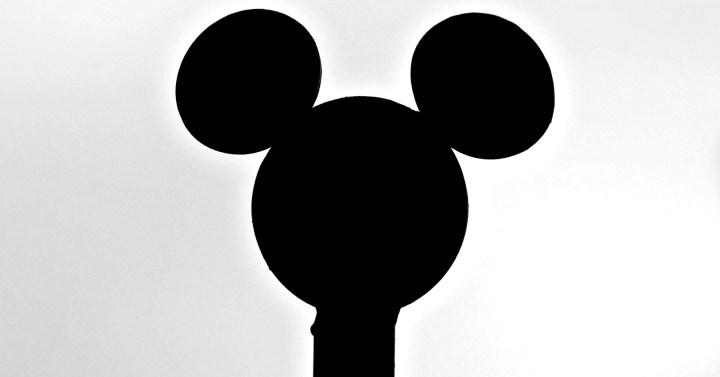
The tale of entertainment industry giant, Disney, built upon the foundation of an imaginary, animated mouse, is about to enter its second century. Can it still run through the maze?
The year 2023 marks the 100th anniversary of the first steps in the creation of the Disney universe. This year is also the centennial of the Warner Brothers company. The result has been a hundred years of entertaining people around the world — and making piles of cash in the process.
Even before the formation of what became his eponymously named company, Walt Disney had been drawing cartoons for print publications and then cel animation at the Kansas City Film Ad Company.
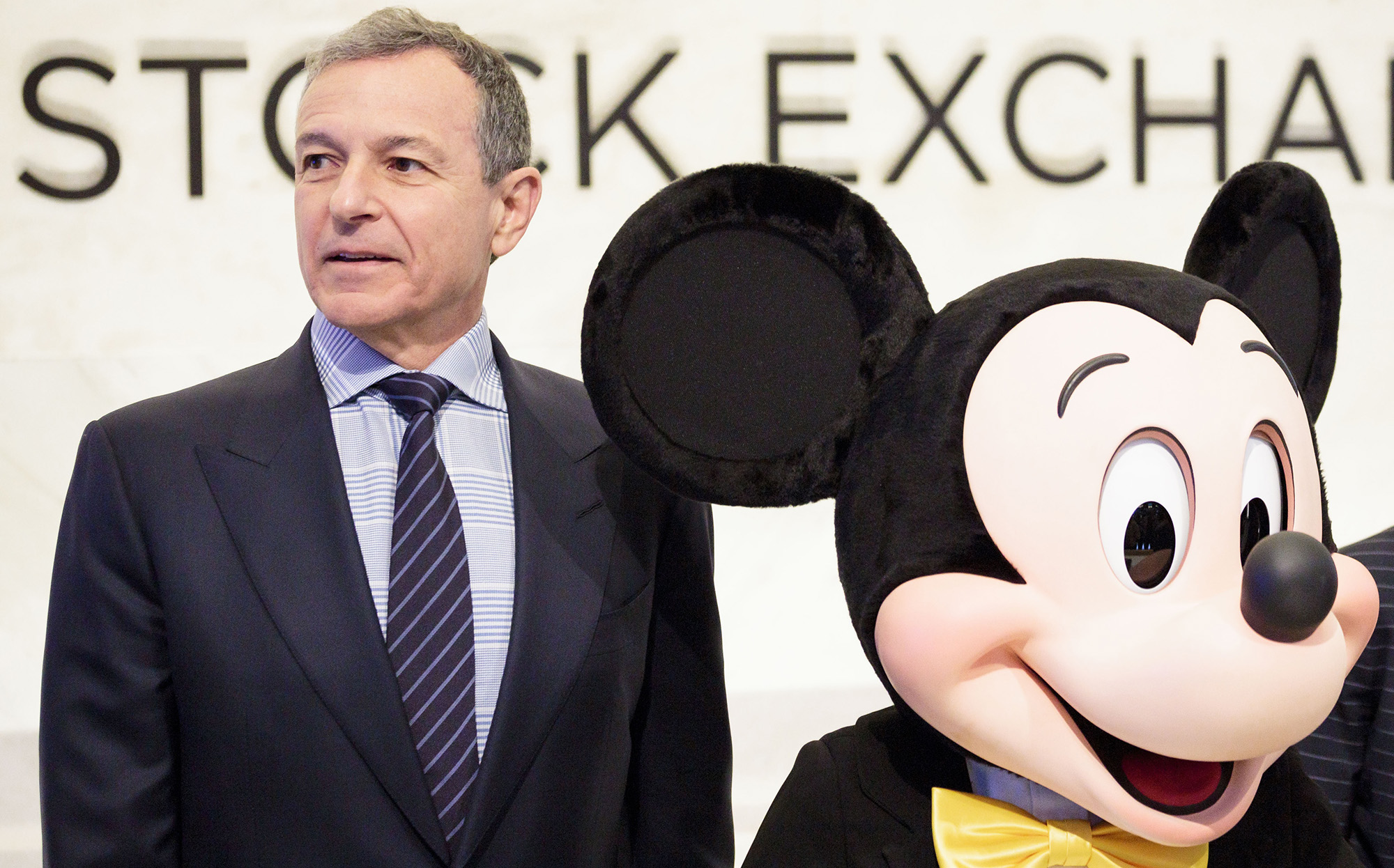
Disney CEO Bob Iger and company mascot Mickey Mouse before ringing the opening bell of the New York Stock Exchange in November 2017. (Photo: EPA-EFE / Justin Lane)
After his own Laugh-O-Gram Studio went bankrupt in 1923, Walt moved to Los Angeles where his brother, Roy, had been in recovery after a bout of tuberculosis.
Disney successfully sold a short film, Alice’s Wonderland, and was contracted to make six more such shorts. To produce the series, the two brothers founded their company and persuaded their star collaborator, Ub Iwerks, to join them.
The success of those Alice films, and a series around a character named Oswald the Lucky Rabbit, led Disney to begin work on his most famous creation, the 1928 cartoon, Steamboat Willie. That vehicle introduced the world to the instantly recognisable figure of Mickey Mouse.
The popularity of those early Mickey Mouse shorts convinced Disney his studio could produce a sustained feature film, a work they began in 1934.
The project eventually went 400% over budget and employed 300 animators, artists and assistants, but Snow White and the Seven Dwarfs became a smash hit when it was released in 1937.
Since then, the Walt Disney Company has produced dozens of groundbreaking and acclaimed films and come up with techniques such as multi-layer filming (to enhance the depth and detail of the resulting cartoons) that helped revolutionise animation.
Beyond its theme parks and many other ventures, Disney now owns and operates the ABC television network, the sports cable network ESPN, Pixar, Marvel Studios and Lucasfilm.
Despite some critical challenges in the near future, in its 100 years of existence, Disney has become — and remains — one of the biggest players on the planet in consumer entertainment. It is a rare example of a film company where the film and broadcast businesses are the core of the company.
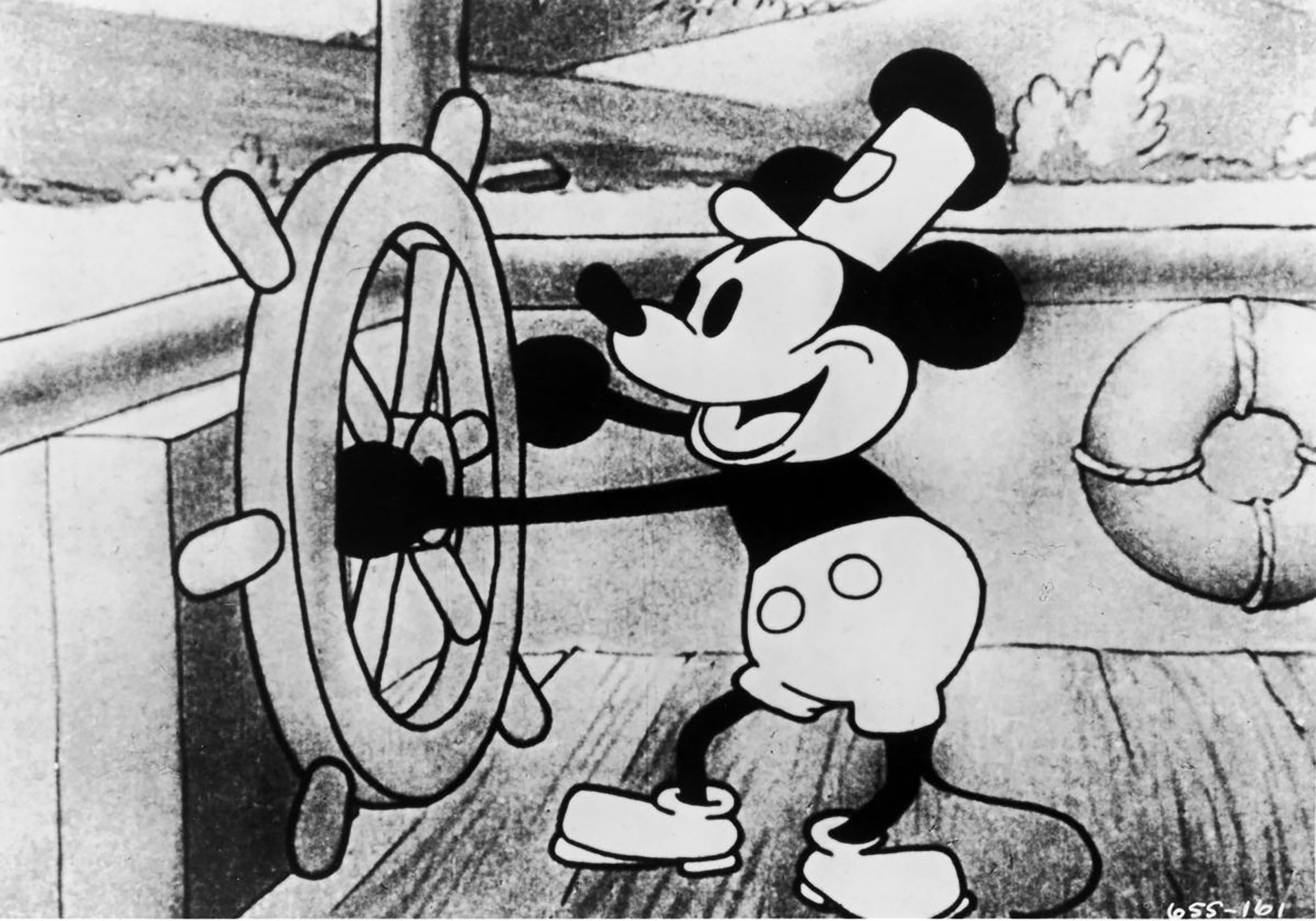
Steamboat Willie. (Image: YouTube)
Tom Wainwright, the Economist’s technology and media editor, wrote recently that, given changes in technology and the Covid-induced shutdown of cinemas over a multi-year period, there has been a major drop in film companies’ income from cinema attendance.
Moreover, as Wainwright says, “much of the output of ‘Hollywood’ is now overseen by tech firms to the north. Apple, 300 miles up the coast in Cupertino, won the Oscar for best picture in 2022, just three years after launching its TV+ service. Amazon, which recently produced the world’s most expensive piece of television, The Rings of Power, is in Seattle, even farther north.”
The company effectively took off towards a kind of global domination with their short cartoon, Steamboat Willie, about a mouse captaining a river boat and sounding a whistle now and then.
Still, among other challenges, it is going to require effective management in dealing with unstoppable, ongoing technological change, international tensions restricting its reach into one of its biggest markets, and an internal management question about who will be the credible leader that can allow it to continue its march into the future.
More than half a century ago, this author, like so many millions of others, was a baby boom youngster in America, and the impact of Disney washed over us like a proverbial tsunami.
The Disney people figured out that in addition to their regular releases of new films and full-length feature cartoons into cinemas, including widely publicised, periodic re-releases of their classics (there were always new, young children who would watch a show they had heard about), their products were great raw material for television broadcasts. This insight came along just as “the tube” was becoming ubiquitous in American homes.
By the late 1950s, Disney had a vast catalogue of animated features that regularly went on national (and international) release in cinemas (at a time before home video recordings or streaming were even imagined) which could be excerpted or recycled for television. And they had the capacity to churn out dozens more programmes suitable for television.
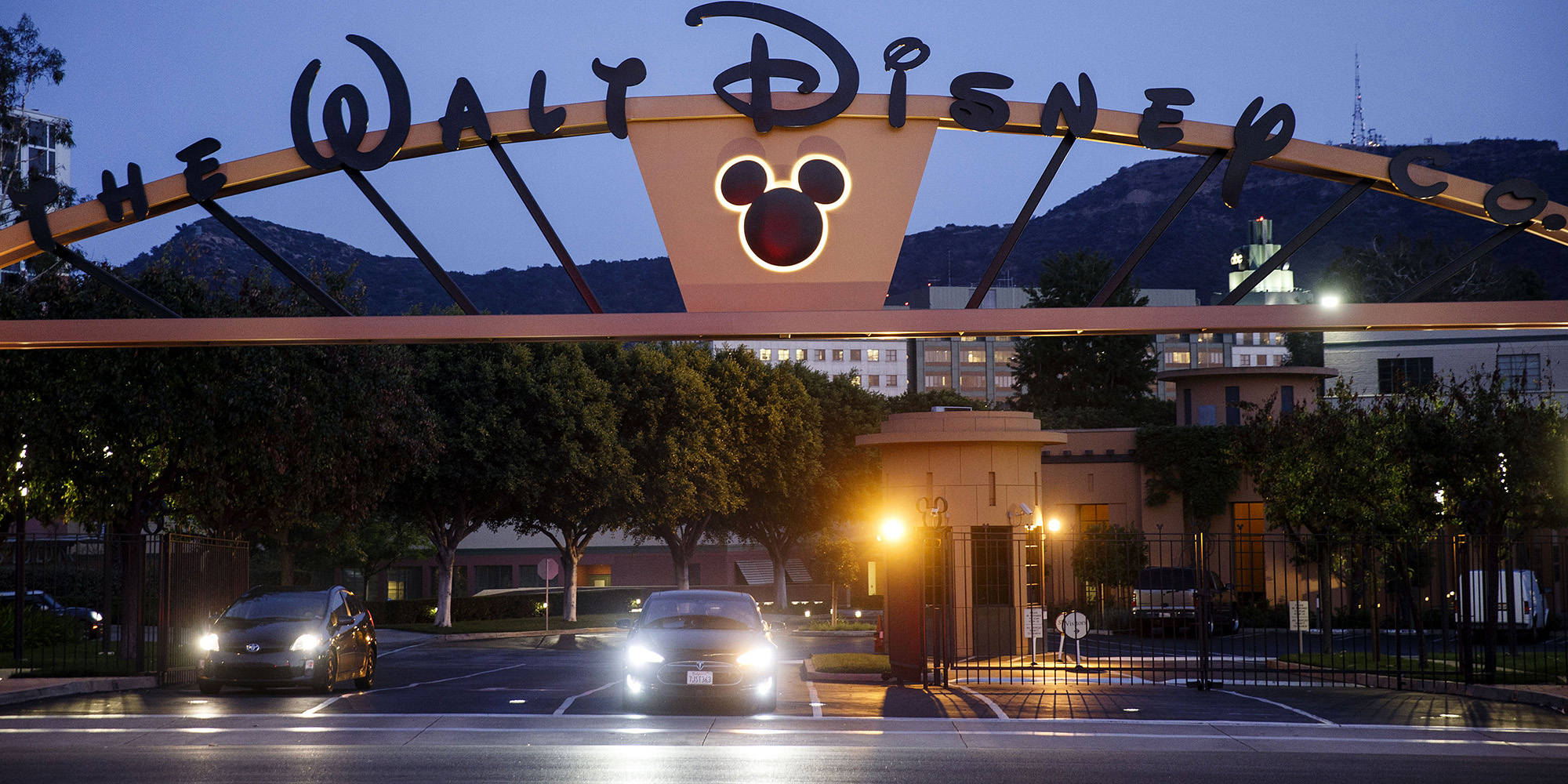
Vehicles exit Disney Studios in Burbank, California. (Photo: Patrick T Fallon / Bloomberg via Getty Images)
As a result, even as the company was planning (and then building) its first amusement park in Anaheim, California, Disney was all over the nation’s television screens.
Monday through Friday at 4pm, millions of children would come home from school and tune into The Mickey Mouse Club — an hour-long programme with its Mouseketeers (a troupe of young teenage singer/actor/dancers). The show included excerpts from Disney films released years ago, or episodes from films just out in local cinemas.
If that was not enough, on Sunday evenings, there was yet another show from the Disney machine that offered excerpts from the films, the cartoons, and, in a new wrinkle, a whole series of nature films — with the starring animals rather thoroughly anthropomorphised through narration and clever film editing. But to a nine or 10-year-old, they were exciting looks into the amazing oceans, deserts or arctic world, and the episodes took one to places they could never hope to go themselves.
(There are important content questions as well. There is probably a PhD to be written comparing the way Disney treated good and evil and male and female characters, back in the day, with the way the Japanese anime top-tier company, Studio Ghibli, offered more ambivalence in the good and evil department. And there is yet another PhD in the way the Disney oeuvre has had to slowly come to grips with evolving racial attitudes and the stereotyping of characters and themes — several older works have had to be significantly edited, like Dumbo, or dropped from circulation entirely, like Song of the South, because of this.)
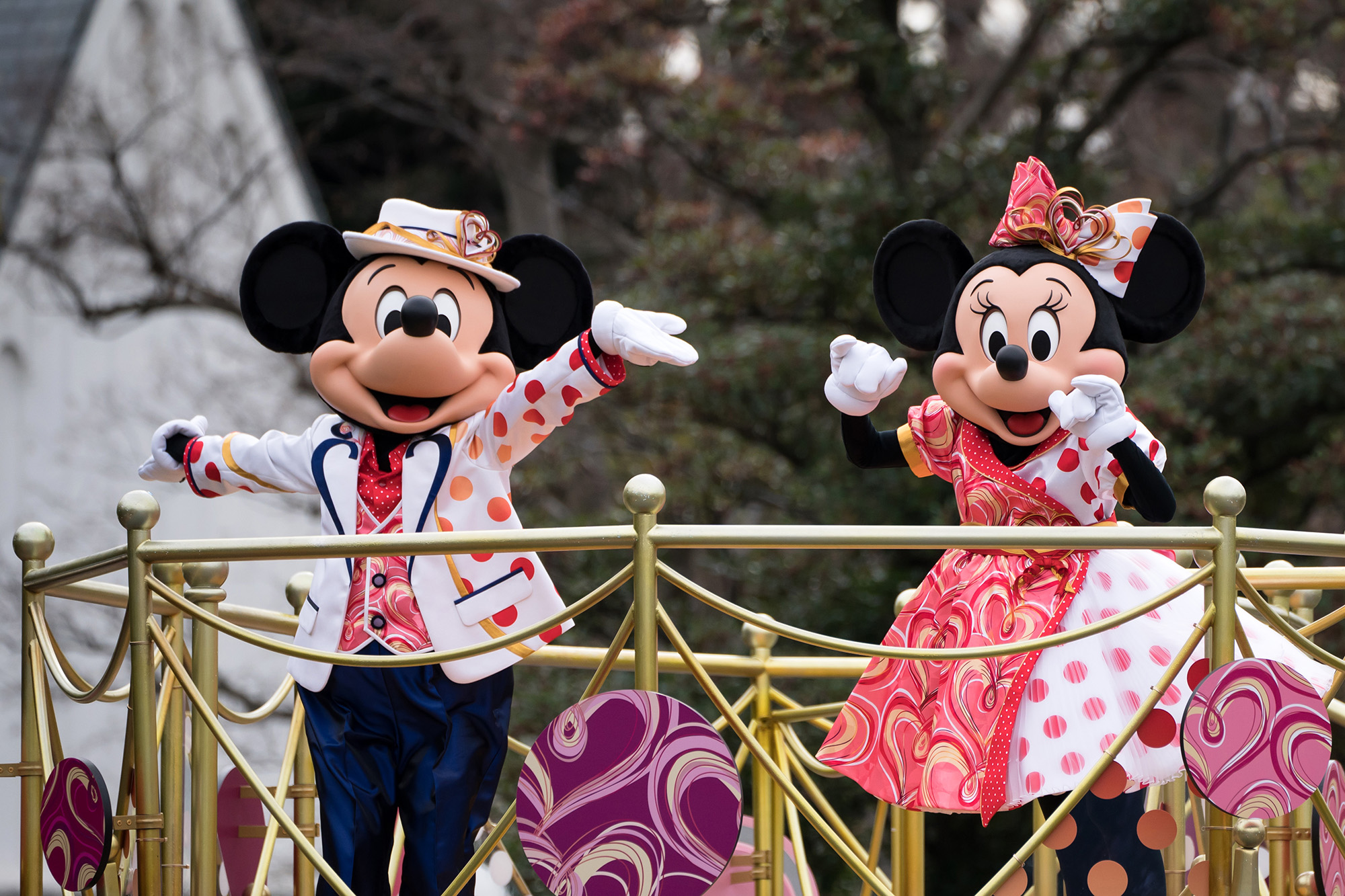
Actors dressed as Walt Disney characters Mickey Mouse and Minnie Mouse perform during a press preview for the Minnie Besties Bash! parade at Tokyo Disneyland. (Photo: Tomohiro Ohsumi / Getty Images)
This Mickey Mouse Club show and the Sunday evening programme were also where young boys were transformed into junior versions of the legendary frontiersman, Davy Crockett, with his trademark raccoon-skin cap with its dangling tail. At least 10 million such caps (who knows what animals had to surrender their lives) were sold, along with a raft of other paraphernalia related to this re-envisioned hero, who featured in episodes of a reimagined life. Naturally, too, there was a catchy theme song that rose up the popular music charts, just as so many Disney tunes have done.
In the country’s actual history, Crockett was a one-term congressman from the then-frontier state of Tennessee, who later moved to the ostensibly independent nation of Texas. There, he, like Jim Bowie (another character who rose from the dead to become a re-imagined TV hero), died at the siege of the Alamo in 1836, defending the rights of American migrants to bring slaves into Mexico and then carve Texas off as an independent state. But Disney films made him a national folk hero, again.
(The company has always had great songwriters for its animated and live action feature films such as the Davy Crockett films, and this tradition began with its first feature length cartoon, Snow White. Its hit song was, “Hie Ho, Hie Ho, it’s off to work we go.” Go ahead, you are permitted to sing it aloud as you read this. No penalties will be assessed.)
Over the years, Disney has sold untold millions of branded T-shirts, sweatshirts, Mickey Mouse watches, hats, mouse ears, books, comic books, posters, plush dolls and stuffed animals, videos and so much more, that the company became the virtual king of tie-in sales. And that was before it gained control over both the Star Wars and Marvel universes and the ESPN sports broadcasts, and thus shares of the royalties from their tie-in merchandise as well.
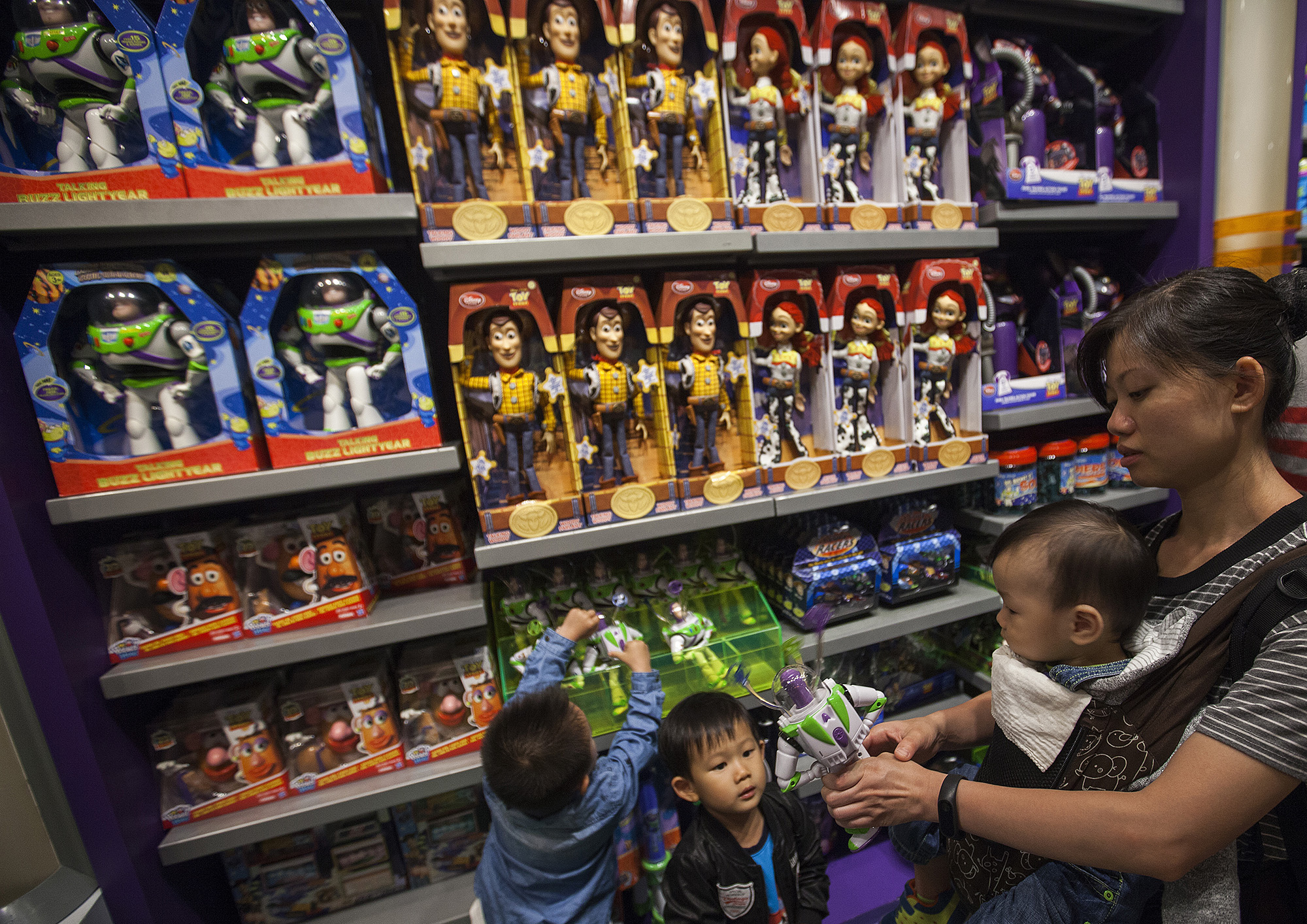
Toy Story film merchandise on sale in a gift shop at Hong Kong Disneyland. (Photo: EPA / Aelx Hofford)
As a rather normal family, we’ve now been to three of the Disney parks (Florida, California and Tokyo). One of our weirder experiences was to visit the Country Bears Jamboree with its quartet of animatronic bears singing their C&W music, all in perfect Japanese, when we visited the park outside Tokyo. And, of course, pretty much like other parents, we owned a much cherished Mickey Mouse T-shirt that was, over time, handed down to be worn by every member of our family, in sequence, until it wore out.
Somewhere, too, among boxes at the back of a closet, there is a large collection of VHS format videos and illustrated children’s books from the Disney universe — a set we can’t quite see our way to discarding.
For years, family trips by car almost inevitably had a soundtrack on cassettes or CDs from the world of animated Disney films as well. As new films came out, or compilations of best hits were released, we were “required” to acquire such recordings until we all knew the songs entirely by heart.
All of this action on the small screen overlapped with the publicity being built up around the launch of the first Disneyland. The design of the park, and the company’s television shows, were woven into a mutually supporting dance, with the regular Sunday show highlighting the rides and attractions of the four sections of the park as it was coming into being — Fantasyland, Frontierland, Tomorrowland and Adventureland.
The inevitable result for many families was a conversation that went along the lines of:
Nagging Q: “Daddy, Daddy, when can we go to Disneyland?”
Tired A: “As soon as we can save up the money; when daddy can take a week off from work; and we can fly/drive all the way to California.”
All of this, of course, was taking place as California itself was undergoing a massive population explosion from in-migration, even more expansive than just the national baby boom — and so the state was a huge client base for “The Magic Kingdom,” even if much of the rest of the nation could not visit. But, of course, millions did.
Eventually, the original Disneyland became the template for other Disney parks around the world — one near Orlando, Florida, a two or three-hour flight from millions of people across the eastern third of the nation. Then came a park near Tokyo with its own train line and station at the front gate; EuroDisney park close to Paris, and parks in Shanghai and Hong Kong.
Meanwhile, in central Florida, that new Disney park triggered a complementary explosion of other amusement parks nearby, including a SeaWorld and a Universal Studios amusement park, among others.
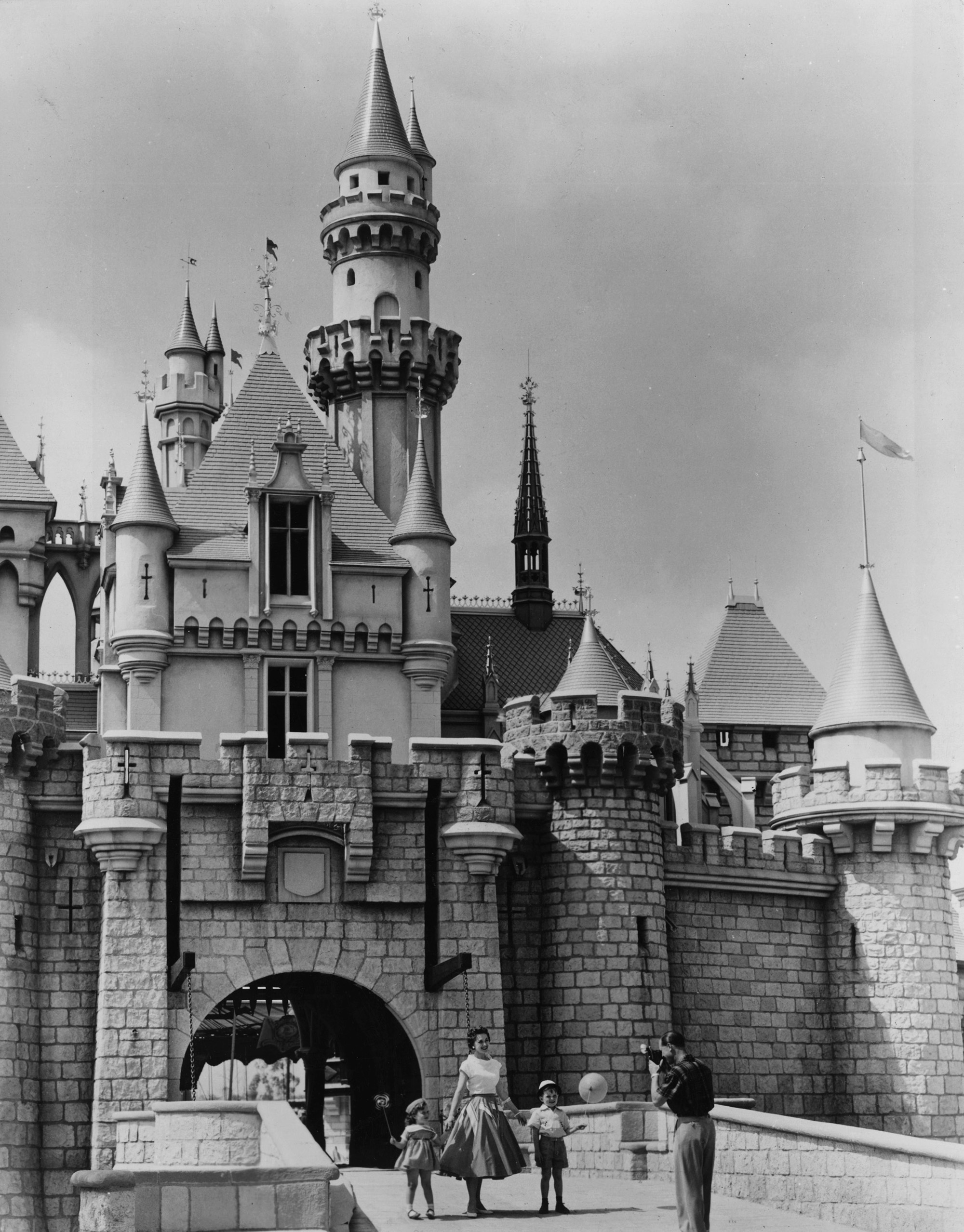
circa 1955: Holidaymakers in Disneyland, California. (Photo: Keystone / Getty Images)
Universal Studios eventually also joined the lucrative bandwagon of building additional parks, including one in Singapore as well as the ones in California and Florida.
These vast, elaborate parks are orders of magnitude in their entertainment value and expansiveness — beyond old-style amusement parks or travelling circuses and carnivals. They became virtual money printing presses, despite their expense of construction, maintenance and operation.
Central Florida, for example, became a massive tourist destination — with hotels, motels, other adventure destinations and more, all playing off the success of Disney World. Globally, the Disney empire now employs around 220,000 people.
Given its importance and impact on the Florida economy, Republican governor Ron DeSantis’ attacks on it over its supposed “wokeness” (and the special deal Disney had obtained to function as a quasi-self-governing principality), seems self-defeating, unless the governor’s intentions are to rev up anger against those big entertainment companies as a special kind of conspiracy against traditional values, as part of his 2024 presidential bid. One wonders how well that line of attack will work with the millions who love to visit these places.
Now, however, there are real challenges ahead for the company.
A recent Forbes magazine article by David Bloom identified several of them as it heads into its second century. Bloom wrote that Disney “has a lot of unresolved challenges, and many of them can be traced to Disney CEO Bob Iger’s decisions before former CEO Bob Chapek.”
Iger has returned as CEO for two more years after he vanquished his handpicked successor, Chapek. The key questions come amid an “economic downturn, a still-struggling theatrical box office, continued cord-cutting, and flattening growth in streaming video.”
Foremost in this list may be the structure of the company itself. During Bob Chapek’s time as CEO, all programming decisions were centralised under one deputy. According to Bloom, this was to address the “fundamental challenge facing all diversified media companies: how do you decide what projects should go where, in a way that maximises revenues and controls mounting costs? Somebody has to be the traffic cop.
“And that cop needs to make decisions amid reduced revenues from legacy broadcast and cable operations, a hobbled theatrical business and increasing streaming competition.”
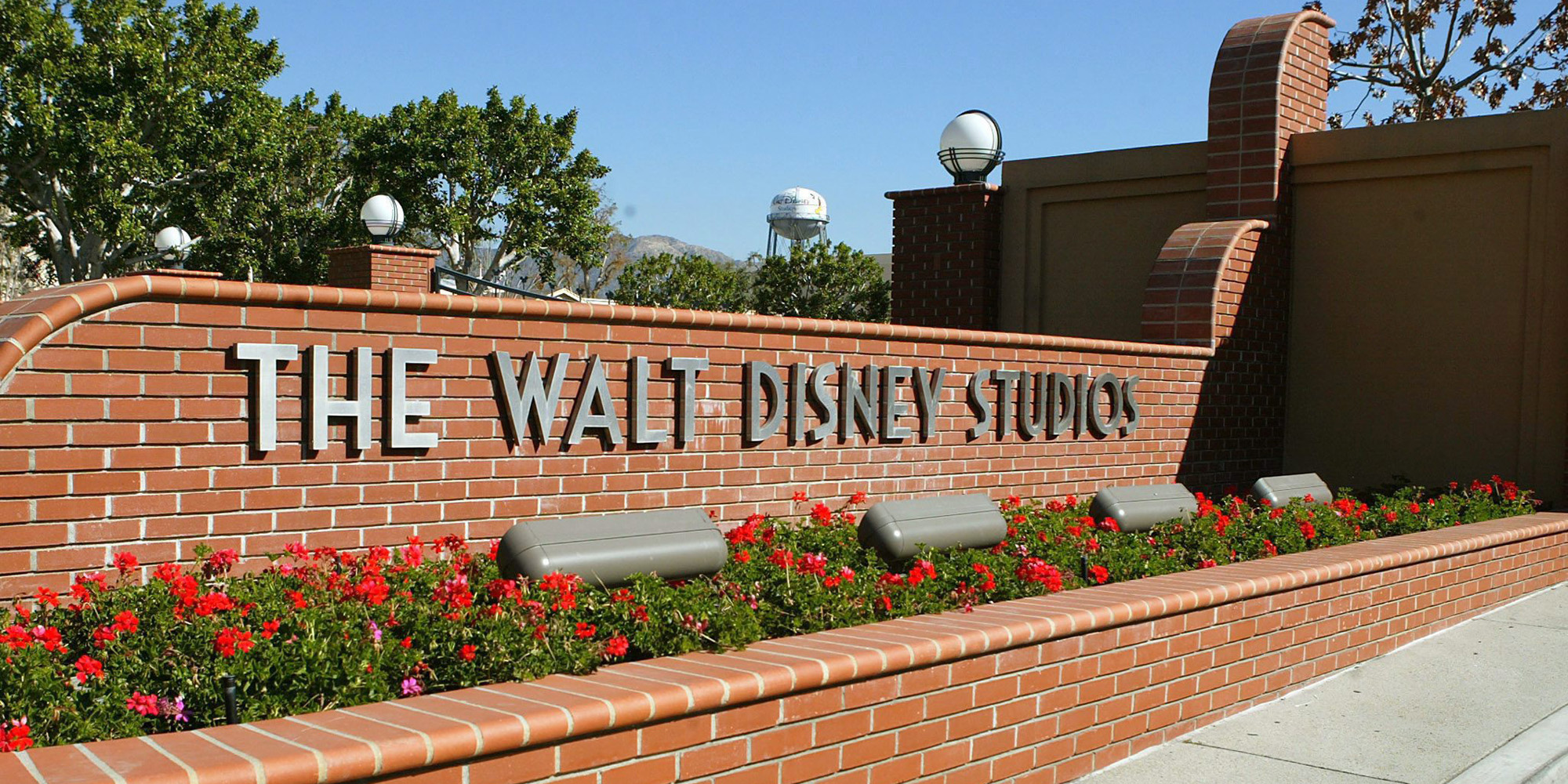
A gate at the entrance to Disney in Burbank, California. (Photo: EPA / Brendan McDermid)
But how will Iger rejig the structure and will any such changes work out?
The second challenge is the company’s finances. Disney had $1.5-billion worth of quarterly losses in its streaming operations, an area that was putatively supposed to be a cash cow.
Bloom noted, “Like all its competitors with legacy film, broadcast and cable operations, Disney is milking the still substantial revenues of those divisions as long as possible, while pushing as much content as possible to its streaming operations to build market share and customer loyalty.
“Chapek promised to cut losses in coming quarters, and get to break even by 2024, which the company has long said would be its break-even year on streaming… Iger still must fix that mismatch of income and outgo, permanently.”
Then there is the question of leadership succession, given Iger’s CEOship for just two years. For decades, the company had been under the leadership of Disney family members; then under a series of strong outside leaders like Frank Wells (who died in a helicopter crash).
But now, one of Iger’s key tasks is to set out a leadership plan for the long term.
Not surprisingly, there is much rumour-mongering about which one of the top figures within the company will be the anointed one. However, per Bloom, none of those “have ever worked on the gigantic other half of Disney’s operations, which include the parks & resorts, consumer products and home entertainment.”
Then there is the question of taking on more debt versus a decision to go for new acquisitions.
Visit Daily Maverick’s home page for more news, analysis and investigations
When Iger spent $71-billion to buy Fox, that was supposed to be the critical bit that would give the company the heft to compete with Apple, Amazon, Netflix or anyone else in the streaming era.
While this acquisition brought in some great talent, facilities, another vast library of intellectual property, a controlling share of Hulu and access to the many great shows of the FX network, it also gave Disney a whacking big mound of debt that now restricts the company’s swagger and flexibility.
And so, the question is whether Iger will sort out another acquisition, and could any new deal drive more subscription signups, viewer engagement and reduced churn? Or will the mountain of debt ruin any ideas about fixing the company’s problematic finances instead?
There is also the question of ownership of the streaming service, Hulu.
As Bloom notes, “Disney and Comcast signed a put/call agreement on the streaming service’s future ownership that must be resolved by 2024. Its unresolved nature complicates both companies’ streaming strategies, but so does their wildly differing assessment of how much Comcast’s one-third share is worth. A resolution means still more debt for Disney, and doesn’t resolve Hulu’s role in Disney’s hydra-headed streaming strategy.”
The company has moved forward to unifying access to its various streaming platforms, now “allowing subscribers to its Hulu/Disney+/ESPN+ bundle to create a single, unified password and sign-on. But on a global scale, with Hotstar doing outside the United States what Hulu does here, how does that all resolve in the most cost-efficient, customer-friendly way?”
And there are even unresolved questions about ESPN. That is one of the most valuable of the Disney properties — but it is also one of its most cost-intensive units. Unfortunately for them, it remains largely tied to its old cable connections and “ESPN+ is an under-fed, uninspiring streaming service waiting for the cable collapse to give it actual relevance.”
There is also the problem of how to deal with China.
Disney holds the Marvel universe now, but it has been unable to get any of its films on to a big screen in China for several years — and China is the world’s second-largest cinema market.
Until it was walled off from entering China, that market had been a huge “contributor to the worldwide gross of Disney’s many blockbusters. No more. Without that Chinese contribution, finances, release strategies, even the casting and story lines of future films is affected.
“It’s possible Iger can unleash his vaunted charm and political skills to reopen China. But China’s increasingly repressive government has largely turned off the spigot for Disney films” in favour of local companies’ output that speak to the nationalist fervour of Xi Jinping’s views.
Audience fatigue
There is also the question of audience fatigue with the Marvel and Star Wars episodes. In his previous tour of duty at Disney, Iger had championed an ambitious roster of new series and films based on Marvel and Star Wars. Jim Cameron’s Avatar franchise also came to it from the deal with Fox, but it turns out there are likely to be limits to the appetites of even the hardest of hardcore devotees of such worlds.
Some of those newer flicks have underperformed expectations — although the new “Avatar” film is punching beyond expectations. All of these questions will generate angst and anguish about how the company can make the best use of such assets and universes — cutting back on new productions means less spending, but it also means less money rolling in.
Further, there are management decisions to be made about the parks.
Entry costs have been raised to make up for those streaming losses the company has suffered, but entry prices are especially vulnerable to the global economy. Bloom wonders if “price cuts, discounts, or other deals [will] be necessary in the future to drive utilisation consistently?”
As the CEO for the second time around, Iger may be the best person on Earth to grapple with all these questions, but he only has two years before he must hand over to someone else.
Will “Bob Iger: The Return to the Magic Kingdom,” be as good as the first episode? Who knows — but it might not be prudent to bet against him just yet.
He’s also 71 and that two-year time limit is ticking. DM

















 Become an Insider
Become an Insider
Comments - Please login in order to comment.